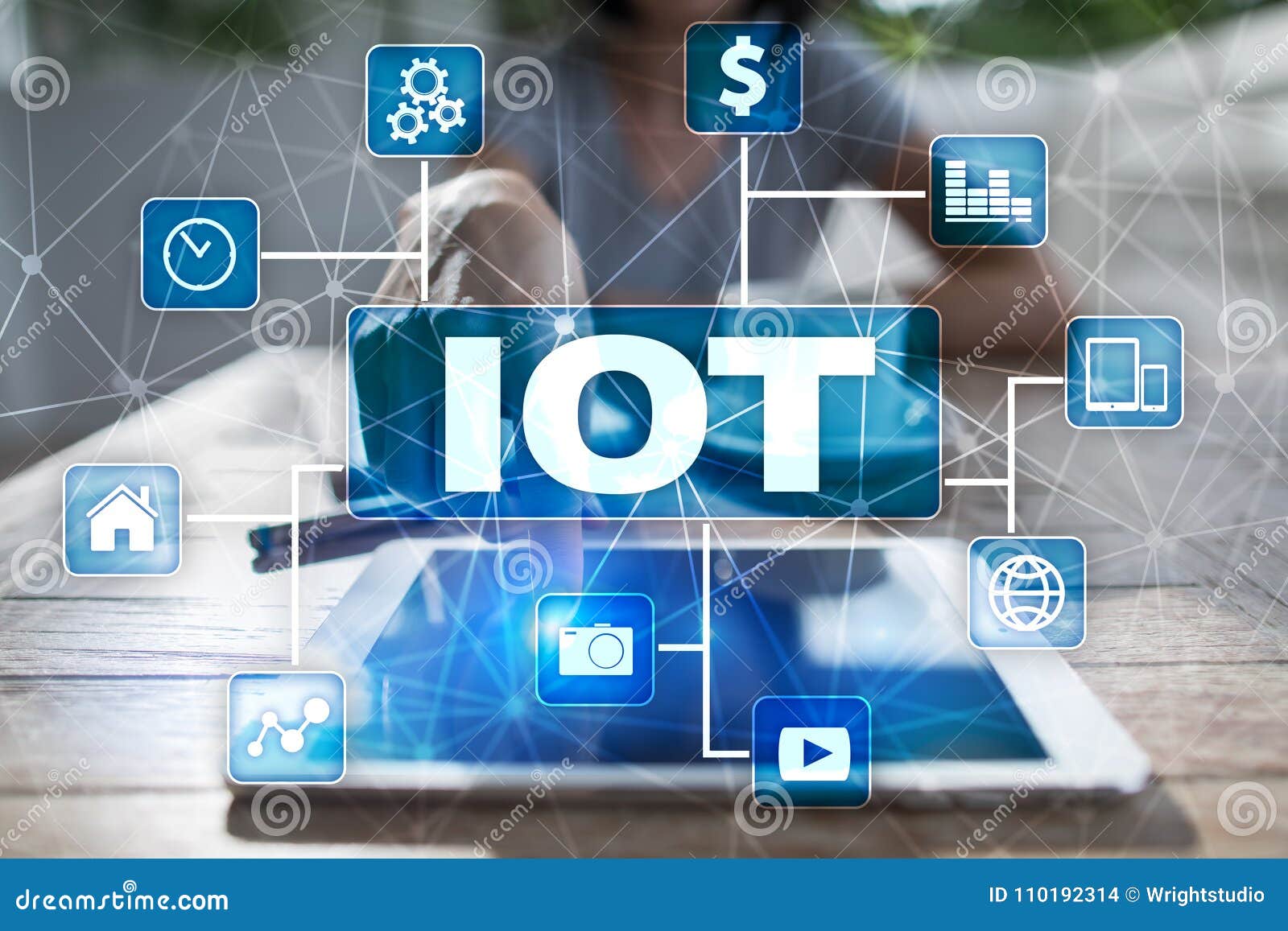Internet of Things (IoT)
What is Internet of Things (IoT)
Definition:
The Internet of Things (IoT) refers to a network of interconnected devices embedded with sensors, software, and other technologies that enable them to collect and exchange data over the internet. These devices can range from everyday objects like household appliances and wearable devices to industrial equipment and vehicles. The IoT ecosystem enables seamless communication and data sharing between physical objects and digital systems, paving the way for innovative applications and services across various industries.
Analogy:
Think of the Internet of Things as a vast interconnected web of sensors and devices, much like a nervous system that connects different parts of the body. Each sensor or device in the IoT network collects and transmits data, similar to how neurons in the nervous system relay information to the brain, enabling intelligent decision-making and responses.
Further Description:
The Internet of Things has several key components and characteristics:
- Sensors and Devices: IoT devices are equipped with sensors that gather data from the surrounding environment, such as temperature, humidity, motion, and location. These devices can range from consumer electronics like smart thermostats and fitness trackers to industrial equipment like smart meters and asset trackers.
- Connectivity: IoT devices rely on various communication technologies to transmit data over the internet or other networks. These technologies include Wi-Fi, Bluetooth, cellular, Zigbee, and LoRaWAN, among others. The choice of connectivity depends on factors such as range, bandwidth, power consumption, and cost.
- Data Processing and Analytics: The data collected by IoT devices is processed and analyzed using cloud computing platforms, edge computing devices, or on-premises servers. Advanced analytics techniques, including machine learning and artificial intelligence, are applied to derive insights, detect patterns, and make predictions from the data.
- Applications and Use Cases: The IoT ecosystem enables a wide range of applications and use cases across industries, including smart homes, healthcare monitoring, industrial automation, smart cities, agriculture, logistics, and environmental monitoring.
Importance of Internet of Things (IoT):
- Efficiency and Automation: IoT technologies enable automation and efficiency improvements by optimizing processes, reducing manual intervention, and minimizing downtime in industrial settings and supply chains.
- Enhanced Customer Experience: IoT devices and applications enhance customer experience by providing personalized services, real-time monitoring, and predictive maintenance in areas such as smart homes, healthcare, and retail.
- Data-Driven Insights: The data generated by IoT devices provides valuable insights into consumer behavior, product performance, and operational efficiency, enabling organizations to make informed decisions and drive innovation.
- Sustainability and Environmental Monitoring: IoT solutions contribute to sustainability efforts by enabling energy management, waste reduction, and environmental monitoring, helping organizations minimize their ecological footprint.
Key Takeaways:
- The Internet of Things (IoT) is a network of interconnected devices that collect and exchange data over the internet.
- IoT enables automation, efficiency improvements, and enhanced customer experiences across various industries and use cases.
- Data generated by IoT devices provides valuable insights for informed decision-making, innovation, and sustainability efforts.
- IoT technologies continue to drive digital transformation and unlock new opportunities for organizations worldwide.
Table of Contents





